#no ukrainian bandura?
Explore tagged Tumblr posts
Text
ironically, the spotify playlist "polish-lithuanian commonwealth 1569-1795'' being only polish folk/historical music and some russian orthodox pieces is very fitting of how the szlachta imagined things to be
#zw#no livonian hymn? no praise song to Vytautas?#no oi šermukšnio? no Koszciusko uprising song?#no ukrainian bandura?#no 'hej litvyni' belarusian voices' song?#why do you have 120+ saves...#spotify should allow people to leave comments on playlists
7 notes
·
View notes
Photo

It's Ukrainian Miku with bandura
because WHY NOT
#lineless#painted#colorful#bright#hq#illustration#fullbody#commissions open#hatsune miku#miku#vocaloid#ukrainian#bandura#national#AU
6K notes
·
View notes
Text
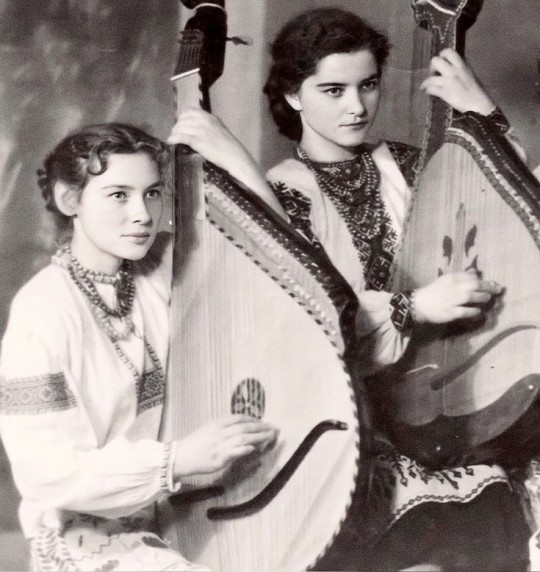
Bandura players, Lviv, 1950s
650 notes
·
View notes
Text
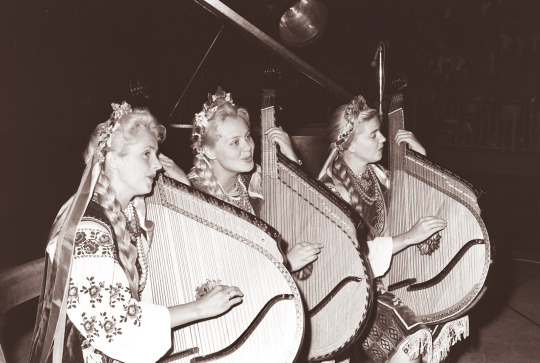
Ukrainian women playing the bandura in Maribor, Slovenia. 1961.
#ukrainian history#ukrainian culture#ukraine#slavic culture#vintage#black and white#old photo#vintage photo#bandura#slavic#european culture#1961#1960s
468 notes
·
View notes
Text
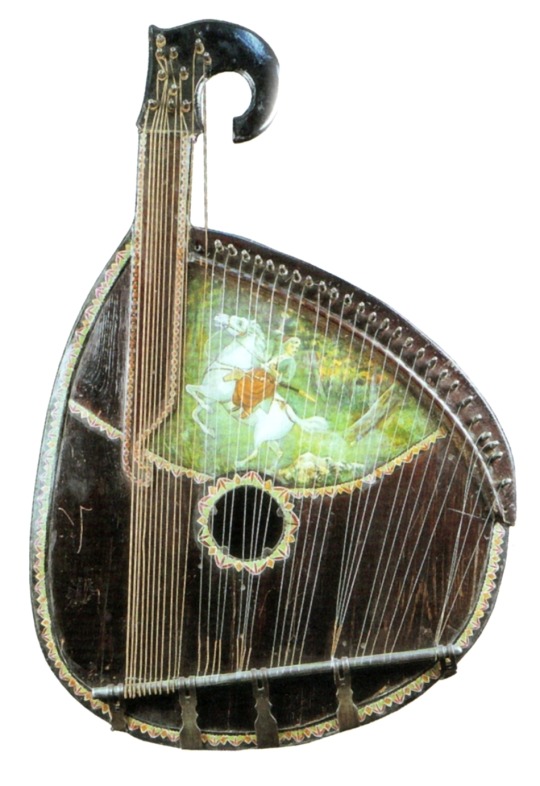
Old Ukrainian bandura from the 1st half of the 19th century, which belonged to the real kobzar, Yevhen O. Adamtsevych (Євген О. Адамцевич, 1903/1904-1972)
Currently stored in the collection of the Kharkiv Historical Museum (Харківський історичний музей), ДР-68
There is a Cossack on horseback depicted on this beautiful musical instrument:
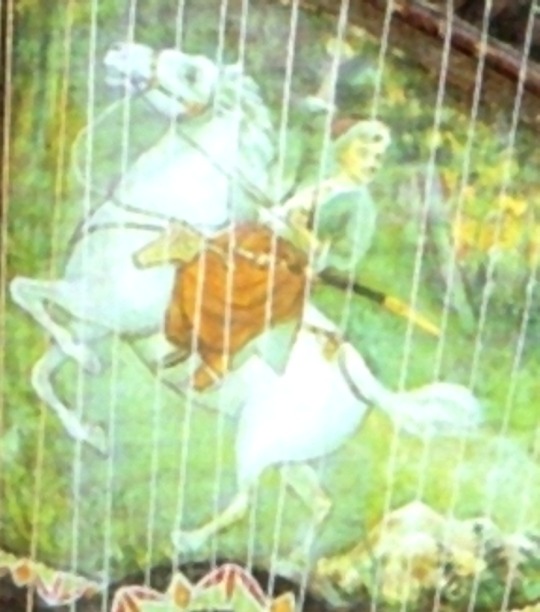
#art#ukrainian art#ukrainian music#ukrainian heritage#kobzar#bandura#ukrainian cossack#cossacks#cossack art#cossack heroes#ukrainian history#welcome to bohun's world
371 notes
·
View notes
Text
youtube
Happy Independence Day, Ukraine!
Source: Hope Bandura
#Ukraine#Ukrainian Independence Day#music#Ukraine National Anthem#Hope Bandura#Bandura#video#Youtube
16 notes
·
View notes
Text
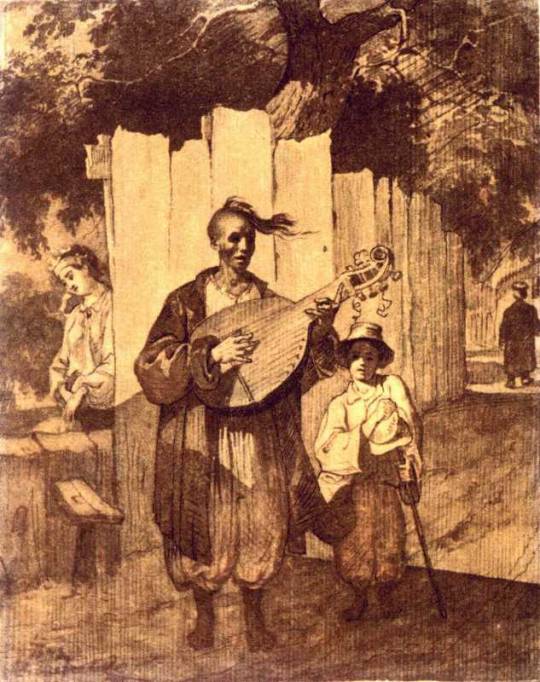

(Kozak) Bandurist (Бандурист), alternatively Blind Man (Сліпий) or Slave (Невольник) by Taras Shevchenko
Iskivtsi, Russian Empire (now Ukraine). 1843. Sepia ink.
Taras Shevchenko, also known as Kobzar (a word for a Ukrainian bard) is one of the most well known and important figures to Ukrainian cultural and linguistic history. Active in the mid 19th century, Shevchenko was a poet, writer, artist, and political figure and is credited with creating the foundation for Ukrainian literature and language in general.
These sepia ink drawings are two of many drawings Shevchenko did of a theme on a blind kobzar playing the Bandura (a Ukrainian folk instrument) in 1843, during his first trip across Ukraine. Three years later, he would write a poem on the topic, the title of which gave these pieces their alternative titles. Here's an excerpt from the poem connected to this scene:
«Отак на улиці під тином
Ще молодий кобзар стояв
І про невольника співав.
За тином слухала Ярина…»
"And so on the street by the fence
Still the young kobzar stood
And sang about a slave
Behind the fence stood Yarina..."
In this scene, Yarina recognized her husband Stepan in the blind musician, and her role is then attributed to the young woman shown in the background of these pictures. Several depictions of the scene, including the first one I show here, also places a young boy in the scene as a guide for the kobzar. His hairstyle is called an oseledets, traditional of a Kozak/Cossack depiction. The original of this first painting, one of the biggest sepia pieces done by Shevchenko, is unfortunately believed to be destroyed in a fire in 1919, but still exists in two photo copies. It was also used as art on the 2005 100 hryvnia bill.
#art history#art#art history student#sepia#sepia ink#ink drawing#taras shevchenko#ukrainian folklore#ukraine#ukrainian art#ukrainian poetry#shevchenko#kobzar#bandura#bandurist#ukrainian music#тарас шевченко#сепія#шевченко#Бандурист#бандура#Україна#Українске мистецтво#слава Україні#кобзар#історія мистецтва#козак#cossack#ukrainian literature#Українська поезія
142 notes
·
View notes
Text
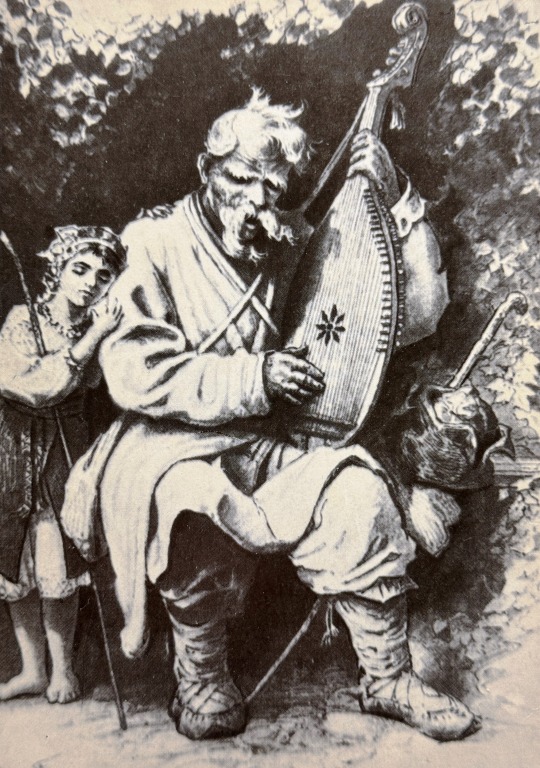
2 notes
·
View notes
Text

1 note
·
View note
Text
I got a job at a Ukrainian museum.
On the first day someone asks me if I have any Ukrainian heritage. I say I had ancestors from Odesa, but they were Jewish, so they weren’t considered Ukrainian, and they wouldn’t have considered themselves Ukrainian. My job is every day I go through boxes of Ukrainian textiles and I write a physical description, take measurements, take photographs, and upload everything into the database. I look up “Jewish” in the database and there is no result.
Some objects have no context at all, some come with handwritten notes or related documents. I look at thick hand-spun, hand-woven linen heavy with embroidery. Embroidery they say can take a year or more. I think of someone dressed for a wedding in their best clothes they made with their own hands. Some shirts were donated with photographs of the original owners dressed in them, for a dance at the Ukrainian Labour Temple, in 1935. I handle the pieces carefully, looking at how they fit the men in the photos, and how they look almost a hundred years later packed in acid-free tissue. One of the men died a few years later, in the war. He was younger than I am now. The military archive has more photographs of him with his mother, his father, his fiancé. I take care in writing the catalogue entry, breathing in the history, getting tearful.
I imagine people dressed in their best shirts at Easter, going around town in their best shirts burning the houses of Jews, in their best shirts, killing Jews. A shirt with dense embroidery all over the sleeves and chest has a note that says it is from Husiatyn. I look it up and find that it was largely a Jewish town, and Ukrainians lived in the outskirts. There is a fortress synagogue from the Renaissance period, now abandoned.
When my partner Aaron visits I take him to an event at the museum where a man shows his collection of over fifty musical instruments from Ukraine, and he plays each one. Children are seated on the floor at the front. We’re standing in a corner, the room full of Ukrainians, very aware that we look like Jews, but not sure if anyone recognizes what that looks like anymore. Aaron gets emotional over a song played on the bandura.
A note with a dress says it came from the Buchach region. I find a story of Jewish life in Buchach in the early twentieth century, preparing to flee as the Nazis take over. I cry over this.
I’m cataloguing a set of commemorative ribbons that were placed on the grave of a Ukrainian Nationalist leader, Yevhen Konovalets, after he was assassinated. The ribbons were collected and stored by another Nationalist, Andriy Melnyk, who took over leadership after Konovalets’ death. The ribbons are painted or embroidered with messages honouring the dead politician. I start to recognize the word for “leader”, the Cyrillic letters which make up the name of the colonel, the letters “OYH” which stand for Organization of Ukrainian Nationalists (OUN in English). The OUN played a big part in the Lviv pogroms in 1941, I learn. The Wikipedia article has a black and white image of a woman in her underwear, running in terror from a man and a young boy carrying a stick of wood. The woman’s face is dark, her nose may be bleeding. Her underwear is torn, her breast exposed. I’m measuring, photographing, recording the stains and loose threads in the banners that honour men who would have done this to me.
Every day I can’t stop looking at my phone, looking up the news from Gaza, tapping through Instagram stories that show what the news won’t. Half my family won’t talk to the other half, after I share an article by a scholar of Holocaust and genocide studies, who says Israel is committing a genocide. My dad makes a comment that compares Gaza to the Warsaw Ghetto. This gets him in trouble. My aunt says I must have learned this antisemitism at university, but there is no excuse for my dad.
This morning I see images from Israeli attacks in the West Bank, where they are not at war. There are naked bodies on the dusty ground. I’m not sure if they are alive. This is what I think of when I see the image from the Lviv pogrom. If what it means for Jews to be safe from oppression is to become the oppressor, I don’t want safety. I don’t want to speak about Jews as if we are one People, because I have so little in common with those in green uniforms and tanks. I am called a self-hating Jew but I think I am a self-reflecting Jew.
I don’t know how to articulate how it feels to be handling objects which remind me of Jewish traumas I inherited only from history classes and books. Textiles hold evidence of the bodies that made them and used them. I measure the waist of a skirt and notice that it is the same as my waist size. I think of clothing and textiles that were looted from Jewish homes during pogroms. I think of clothing and textiles that were looted from Palestinian homes during the ongoing Nakba. Clothes hold the shape of the body that once dressed in them. Sometimes there are tears, mends, stains. I am rummaging through personal belongings in my nitrile gloves.
I am hands-on learning about the violence caused by Ukrainian Nationalism while more than nine thousand Palestinians have been killed by the State of Israel in three weeks, not to mention all those who have been killed in the last seventy-five years of occupation, in the name of the Jewish Nation, the Jewish People — me? If we (and I am hesitant to say “we”) learned anything from the centuries of being killed, it was how to kill. This should not have been the lesson learned. Zionism wants us to feel constantly like the victims, like we need to defend ourself, like violence is necessary, inevitable. I need community that believes in freedom for all, not just our own People. I need the half of my family who believes in this necessary “self-defence” to remember our history, and not just the one that ends happily ever after with the creation of the State of Israel. Genocide should not be this controversial. We should not be okay with this.
Tomorrow I will go to work and keep cataloguing banners that honour the leader of an organization which led pogroms. I will keep checking the news, crying into my phone, coordinating with organizers about our next actions, grappling with how we can be a tiny part in ending this genocide that the world won’t acknowledge, out of guilt over the ones it ignored long ago.
8K notes
·
View notes
Link
0 notes
Text
Onuka - Zenit 2019
Onuka ("grand-daughter" in Ukrainian) is a Ukrainian electro-folk band. The project was created in 2013 by Yevhen Filatov and Nata Zhyzhchenko. Other group members are Daryna Sert (keyboardist and backing vocalist), Mariia Sorokina (percussionist) and Yevhen Yovenko (banduryst). The band's instrumentation includes electronic drums, trombones, French horns and Ukrainian folk instruments bandura and sopilka. "Zenit" is featured on Just Dance 2021, Just Dance Unlimited, and Just Dance Now.
"Zenit" received a total of 65,3% yes votes!
youtube
519 notes
·
View notes
Photo

Bellara
The forth week of #MLV_Fandom! Bellara with ukrainian bandura, I think eccentric elf + folk musical instrument is a great combo, PLUS I just need more art with bandura, I said MORE xD All this years of waiting, I hope for a good result 🎉
275 notes
·
View notes
Text

Bandura by Petro Mehyk, 1989
46 notes
·
View notes
Text

Bandura players in Lutsk, Ukraine. 1930s.
#ukrainian history#vintage#ukraine#1930s#slavic#lutsk#bandura#ukrainian culture#european culture#20th century#vintage photography#vintage photo#eastern europe
106 notes
·
View notes
Text

Leonid Denysenko (Леонід Дмитрович Денисенко, 1926-2020), Christmas carol singing (Колядування), Ukrainian postcard, 1990s.
Good and peaceful Christmas to all my dear Friends and Followers!
#art#ukrainian art#christmas card#vintage postcards#ukrainian cossacks#cossack art#cossack heroes#kyiv#bandurist#bandura#ukrainian culture#christmas
81 notes
·
View notes